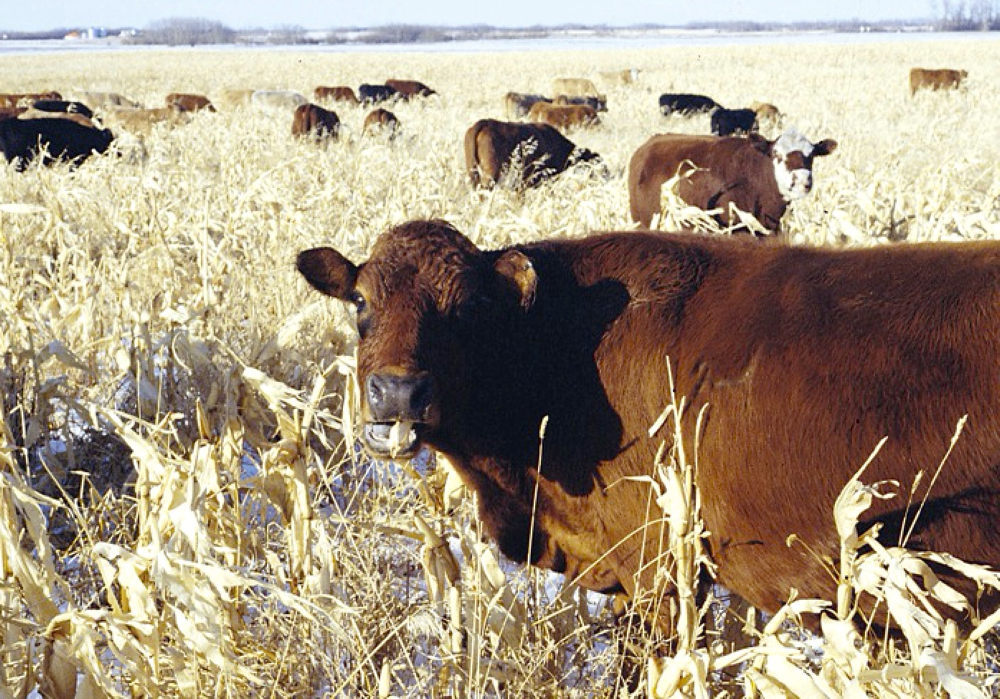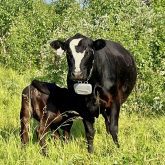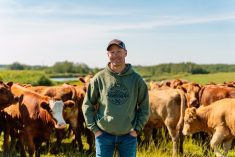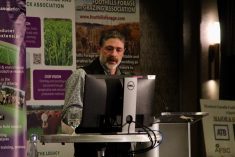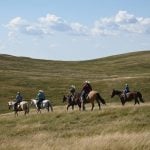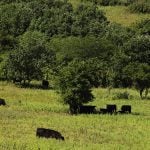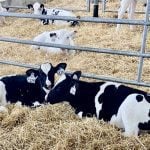Backgrounding calves in a drylot system through the fall and winter months can be challenging in Western Canada due to high feed and input costs. Winter feeding costs are a major contributor to the overall cost of production for cow-calf producers. Traditionally, these costs are due to feeding cows in drylot pens over the winter period, which includes costs for harvesting, handling, and transporting feed and removal of manure.
In corn-growing regions, grazing beef cattle on corn residue is a common winter-feeding strategy. The development of low-heat-unit corn varieties has made corn grazing a potentially cost-effective option for beef producers in Western Canada, but there is limited data from this area on the subject. Past research at the Western Beef Development Centre has shown that western Canadian beef producers could reduce the expense of drylot costs by winter grazing either whole-plant corn or swathed barley. Cool season annual forages, such as barley, are well suited to western Canadian growing conditions and provide acceptable forage yield and quality.
Corn as a winter grazing crop for beef cattle has been more limited to the southern areas of Eastern Canada, or southern areas of the Prairies. Corn is a warm season annual, usually seeded late with variation in the date of maturity depending on the geographic location and available corn heat units. However, early seeding of late-maturing hybrids of corn has immense potential for use in extensive winter grazing systems. An additional benefit of winter grazing is the reduction in calf death loss, which can be as high as two per cent under drylot conditions.
Read Also
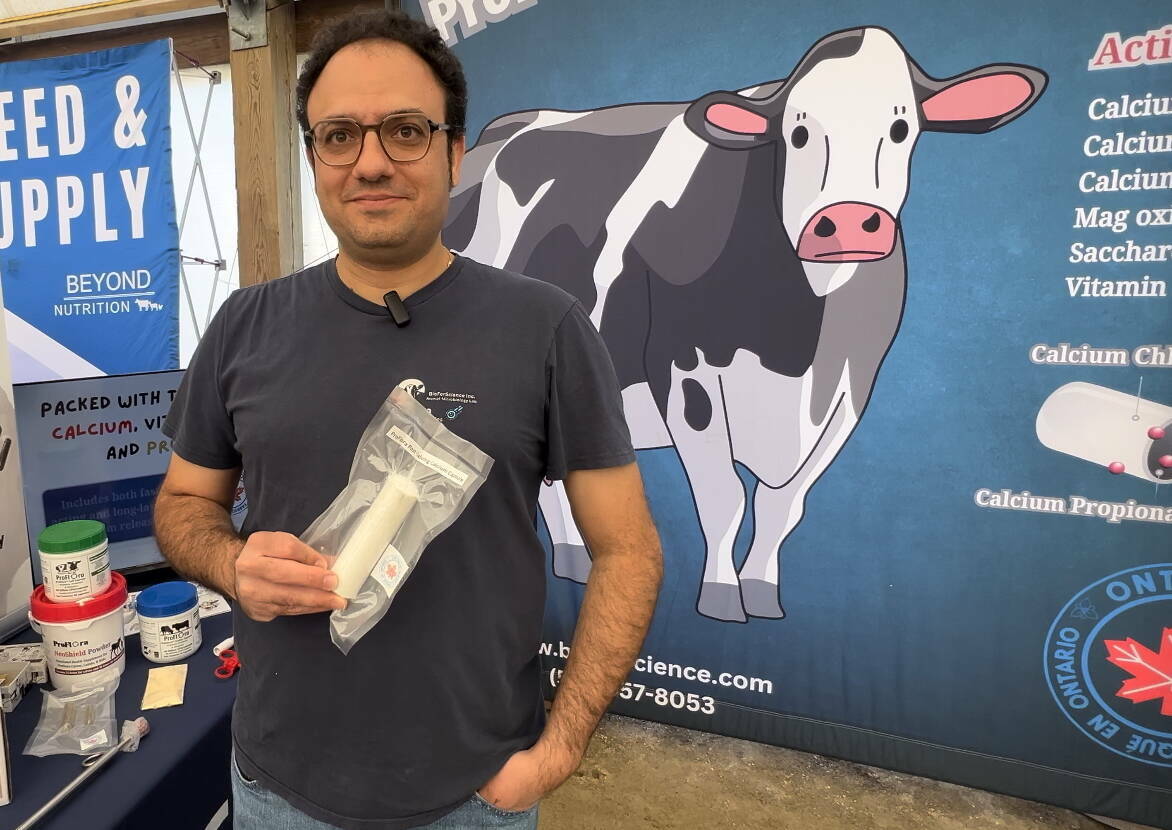
Canadian Cattle Young Leaders, national Environmental Stewardship Award winner and more
Canadian beef industry news, including award winners and job changes.
With the financial support of the Saskatchewan Agriculture Development Fund, Western Beef Development Centre researchers conducted a three-year project to evaluate the effectiveness of standing corn in extending the grazing season and reducing winter feed costs. Several experiments were set up to determine the effect of winter grazing systems on beef calf backgrounding systems and beef cow performance, cow reproductive efficiency, rumen fermentation characteristics, estimated dry matter intake and system costs. Three experiments were conducted over three years to determine small plot whole plant corn and whole plant barley biomass and quality at four different locations (Fairview and Evansburg Alta., Scott and Melfort Sask.). Researchers compared the effects of grazing either whole plant corn or swathed whole plant barley in extensive winter grazing systems to round-bale barley hay fed drylot, while managing either pregnant beef cows or backgrounding weaned beef calves.
Over the three years, the corn varieties averaged over 11 tonnes per hectare (five tons per acre) of dry matter (DM) at the four locations. In contrast over the same period, forage barley biomass averaged 7.5 tonnes per hectare (3.4 tons per acre) DM across the four sites. The nutritive value of forage barley indicated crude protein content was higher than whole-plant corn (11 per cent versus eight per cent). Corn energy content (TDN) was similar to forage barley (69 per cent versus 67 per cent). On this basis, both corn and barley forages appear to supply adequate available forage, protein and energy to meet nutrient requirements for early- to mid-pregnancy gestating beef cows under Prairie conditions.
In the second stage of the project, at the Termuende Research Ranch in Lanigan, Sask., the researchers allocated 60 dry Black Angus cattle to one of the three winter-feeding systems and studied each system’s effect on cow performance, reproductive efficiency and rumen fermentation characteristics. Whole-plant corn was higher in energy, but lower in crude protein and mineral content than either swathed barley forage or barley hay. All three systems adequately met the nutritional requirements of a dry pregnant beef cow in the second trimester of pregnancy.
The cows grazing whole-plant corn had a slightly lower dry matter intake than the cows in the other feeding systems. In all three systems, cow body weight and condition were maintained, except for a change in rib and rump fat. The total system costs of corn and barley grazing were shown to be 26 per cent and 37 per cent lower, respectively, than the conventional drylot system.
In terms of animal performance, there was no difference among the three systems. However, cows grazing standing corn had a higher calf birth weight than the other cows.
Whole-plant corn had an acceptable biomass yield and nutrient content when compared to barley forage for a calf backgrounding program. Steer feedlot performance was similar under all three systems, except that calves finished on a corn grain diet yielded more Canada Prime grade carcasses than calves finished on a barley grain diet. Over the three years of the study, the system costs of the corn- and barley-backgrounded calves were 33 per cent and 29 per cent lower, respectively, compared to drylot backgrounding.
While extensive winter grazing systems using standing corn or swathed barley can reduce labour and production costs compared to a traditional drylot system, seasonal growing conditions will have an impact on yield and nutritive value. As well, cold weather during the grazing period can negatively affect cow performance. The unpredictability of western Canadian winter weather means beef producers are taking a risk to adopt an extensive grazing system, but proper management can reduce the adverse effects of weather without affecing cow performance or reproductive efficiency.
– Bart Lardner is a professor and the Ministry of Agriculture Strategic Research Program Chair in Cow-Calf and Forage Systems in the animal and poultry science department at the University of Saskatchewan.

